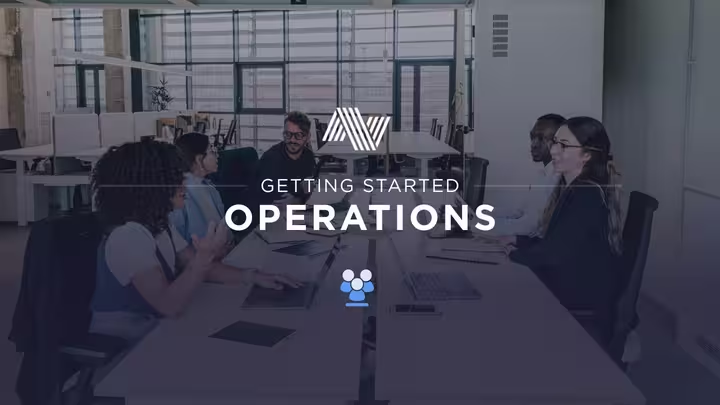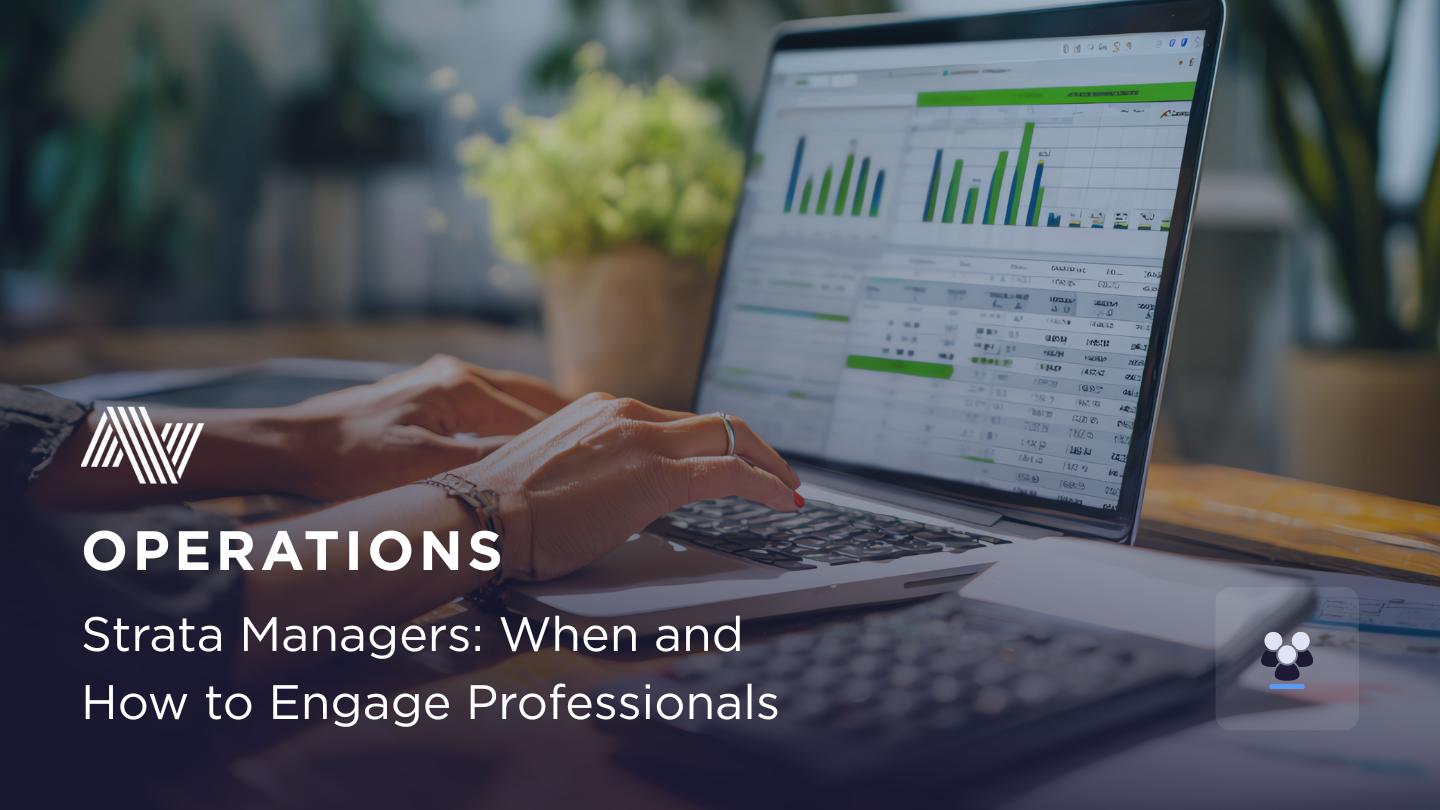Property Management: Maintenance and Repairs
Note: This article is intended as a general guide only, and should not be taken as legal or professional advice. It’s essential to consult with a qualified professional or seek advice from your managing agent if you have specific questions or concerns about strata living.


The One-Minute Guide to Strata Maintenance
If you only read one section, here are the essentials:
What it is – The Owners Corporation (OC) is legally responsible for maintaining and repairing common property.
What’s covered – Includes common areas, facilities, and equipment like lifts and air conditioning.
How it’s done – Routine upkeep, urgent emergency repairs (like burst pipes), and long-term capital works (like roof repairs or replacing lifts).
How it’s funded – Paid for via owner levies and dedicated funds (administrative and capital works).
Why it matters – Good maintenance keeps people safe, protects property value, and avoids legal disputes.
Keeping a strata building safe and valuable starts with one thing: regular maintenance of the common property. From repainting hallways to fixing a broken lift, the Owners Corporation carries the legal responsibility for ensuring buildings remain functional, safe, and compliant.
For owners, tenants, and prospective buyers, understanding who pays for what – and how repairs are funded – is key to knowing how well a scheme is run.
This article covers the three pillars of strata maintenance:
- Scope of maintenance – what the OC must maintain.
- Responsibilities – how different types of repairs are handled.
- Funding and budgeting – how costs are planned for and paid.
Scope of Maintenance: What’s Covered
The OC is responsible for the upkeep of all common property, which generally includes:
- Common areas – lobbies, stairwells, corridors, car parks, and gardens.
- Facilities – shared amenities such as pools, gyms, and function rooms.
- Equipment – lifts, air conditioning systems, fire safety equipment, and other infrastructure.
Regular upkeep of these areas not only maintains property value but also ensures safety and compliance with regulations.
Who Needs to Know This?
- Lot Owners – Essential: Your levies fund the upkeep of common property.
- Committee Members – Critical: Must ensure all required works are carried out.
- Strata Managers – Essential: Usually coordinate contractors and oversee compliance.
- Tenants – Helpful: Directly affected by the standard of maintenance.
- Prospective Buyers – Useful: Well-maintained common property signals a healthy scheme.
TL;DR: The OC must maintain and repair all common property, including shared areas, facilities, and equipment.
Read more: Owners Corporation: Understanding the Central Legal Entity.
Responsibilities: Handling Maintenance and Repairs
The OC’s obligations fall into three main categories:
- Regular maintenance – cleaning, painting, landscaping, and routine upkeep.
- Emergency repairs – urgent works such as fixing burst pipes, electrical faults, or broken lifts.
- Capital works – major repairs and replacements such as roof works, repainting the building, or upgrading shared equipment.
Acting quickly in each category prevents minor issues from escalating into costly emergencies or disputes.
Who Needs to Know This?
- Lot Owners – Essential: Understand the scope of what you’re paying for.
- Committee Members – Critical: Must prioritise works and approve expenditure.
- Strata Managers – Essential: Coordinate works, especially in emergencies.
- Tenants – Helpful: Day-to-day comfort relies on proper upkeep.
- Prospective Buyers – Valuable: Evidence of delayed repairs is a red flag.
TL;DR: The OC manages regular, emergency, and capital works to keep common property in good condition.
Read more: Financial Management: Levies, Funds, and Budgeting.
Funding and Budgeting: How Repairs Are Paid For
Maintaining common property requires careful financial planning. The OC funds works through:
- Administrative fund (via annual levies) – for day-to-day expenses like cleaning, gardening, and minor repairs.
- Capital works fund – for major repairs and replacements (previously called the sinking fund).
- Special levies – raised when unexpected or urgent works exceed budgeted funds.
Good budgeting ensures the scheme can handle both routine upkeep and large-scale projects without hitting owners with sudden levy spikes.
Who Needs to Know This?
- Lot Owners – Essential: Levies you pay are allocated to these funds.
- Committee Members – Critical: Responsible for approving budgets and works.
- Strata Managers – Essential: Usually manage accounts and advise on funding needs.
- Tenants – Helpful: Adequate funding ensures facilities remain usable.
- Prospective Buyers – Useful: Strong financial planning signals a well-run scheme.
TL;DR: Maintenance and repairs are funded by owner levies, allocated to administrative and capital works funds.
Why Maintenance and Repairs Matter
Without proper upkeep, strata buildings quickly lose value and become unsafe. Strong property management ensures:
- Safety and compliance with legal obligations.
- Property value is protected and enhanced.
- Repairs are cost-effective rather than reactive.
- Owners and residents avoid disputes over responsibility.
TL;DR: Good maintenance safeguards property value, safety, and harmony within the scheme.
Common Pitfalls in Strata Maintenance
Committees and OCs should watch out for these recurring issues:
- Delaying repairs – small problems can become expensive emergencies.
- Underfunding works – weak budgets lead to levy spikes or deferred repairs.
- Poor record-keeping – missing maintenance logs create confusion and disputes.
- Unclear roles – blurred lines between owners, tenants, and the OC cause tension.
- Lack of communication – owners left uninformed about works or disruptions.
Important: If you have concerns about maintenance or repairs in your scheme, speak with your strata manager or a licensed strata professional. For full details, consult the Strata Schemes Management Act 2015 (NSW).









